Advertisement
AI development is moving away from single-model solutions. Instead of one large model handling everything, developers now prefer smaller, focused agents that work together. This design, called multi-agent systems, allows more control and better reliability. AutoGen, an open-source library by Microsoft, simplifies this. It helps structure conversations between agents, define roles, and coordinate tasks.
You get modular control while leveraging the strength of large language models. Rather than overloading one model, AutoGen helps you build a group of specialized agents that collaborate. It feels more like managing a project team than prompting a chatbot. That shift is a big deal.
AutoGen gives you control over how agents interact. It’s not about sending prompts and hoping for answers. You define agents with names, roles, backends (like an LLM or tool), and conversation rules. These agents can talk, listen, or act depending on how you configure them.
AutoGen supports different agent types. You can assign one to write code, another to review it, and another to test it. This modular setup mimics real collaboration. Each agent has a narrow job, and the full task is achieved through interaction.
What makes AutoGen useful is its control over conversational flow. Instead of prompt-response cycles, it allows ongoing, trackable exchanges between agents. You can loop conversations, pass messages, and revise results as needed. It's closer to human teamwork than traditional AI pipelines.
You can also integrate function calls, which adds real utility. Agents can use external tools, retrieve data, or run scripts. One agent could fetch data, another analyze it, and a third write a report—all within one loop.
The structure also improves debugging. If a task fails, it’s easy to see which agent caused it. You’re not guessing where the model went wrong. The logic stays transparent.
A common setup might include a task requester, a coder, and a reviewer. The requester gives the prompt, the coder produces the code, and the reviewer checks it. This mirrors how teams operate.

AutoGen handles message passing cleanly. Agents remember their history, track messages, and know when to respond or wait. Unlike basic chat UIs, you can build multi-step exchanges without starting from scratch each time.
You can choose how long agents run, when they retry, or when to pause for a human. This is helpful in cases where oversight is still needed. For example, you can keep a human-in-the-loop agent who steps in before finalizing results.
Each agent can also be tied to a tool or API. For instance, one agent might use a Python shell, another might interact with a spreadsheet, and another might fetch content from the web. These integrations extend the usefulness of your agent team.
What matters here is the workflow structure. Instead of dumping all logic into one model, you split it across agents, each handling apart. This makes things easier to manage, test, and improve. When one piece changes, you don’t need to redo the whole system.
AutoGen is great for development tasks. One agent writes code, another writes tests, and another writes documentation. They work together, correcting mistakes along the way.
In data work, agents can handle loading, cleaning, analyzing, and visualizing data. Each step is assigned to a different agent. This way, even complex tasks stay modular.
Researchers use AutoGen to study emergent behaviors, such as negotiation or debate, between agents. Letting agents explore different goals or reasoning paths often leads to unexpected, creative results. These setups can expose flaws or suggest new directions for problem-solving.
The structure behind Building Multi Agent Framework with AutoGen reflects a new design mindset: breaking down large tasks into smaller parts handled by agents that can think, act, and revise. This approach is more flexible, transparent, and scalable.
This design also supports asynchronous thinking. Agents don’t have to wait in line—they run when needed, speeding up execution. Whether it’s coding, writing, or decision-making, these teams of agents can outperform a single model stretched too thin.
AutoGen keeps things clean. You don’t need to write complex orchestration code. It handles loops, message delivery, and logic paths. You can run agents locally, in threads, or connect them to APIs. The interface is simple, and the code is Python-based.
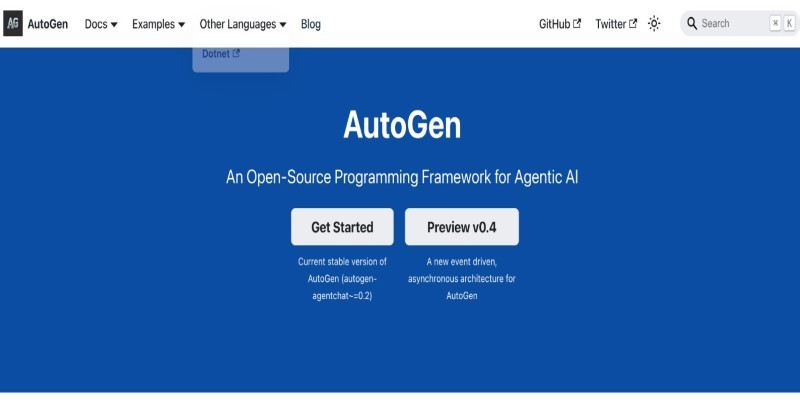
Still, there are trade-offs. It's not built for production use yet. Handling errors, retries, and memory use needs work. And if you use large models for each agent, it can get costly. Smaller or more open models can help reduce that burden.
There's also no visual UI for designing workflows, so you're writing scripts to coordinate agents. This gives flexibility but adds to the learning curve. Developers familiar with Python will manage fine, but less technical users may need support.
Despite those limits, the system is powerful. It removes the guesswork from multi-agent setups and lets you experiment freely. You can build and test agent workflows in days, not weeks.
AutoGen encourages cleaner thinking. You plan your agent roles, decide how they interact, and test each part. This leads to systems that are easier to extend and maintain. If one part fails, you don’t have to rebuild the entire flow—just fix the faulty agent.
Building Multi Agent Framework with AutoGen helps move beyond the idea of one big model solving every task. It shows how structured interaction between smaller agents can lead to better, faster, and more understandable results.
Multi-agent frameworks offer something different: collaboration, clarity, and flexibility. AutoGen helps you build these systems without spending weeks writing coordination logic. It works best for tasks where different roles can split the job and work in loops. Whether you're developing software, cleaning data, or writing content, this structure fits well. As LLMs improve and become cheaper to use, agent-based systems will become more practical. As AutoGen evolves, it's likely to play a bigger role in shaping how we build AI systems that talk, work, and solve problems together as real teams do.
Advertisement

Nvidia is set to manufacture AI supercomputers in the US for the first time, while Deloitte deepens agentic AI adoption through partnerships with Google Cloud and ServiceNow

How serverless GPU inference is transforming the way Hugging Face users deploy AI models. Learn how on-demand, GPU-powered APIs simplify scaling and cut down infrastructure costs

IBM showcased its agentic AI at RSAC 2025, introducing a new approach to autonomous security operations. Learn how this technology enables faster response and smarter defense
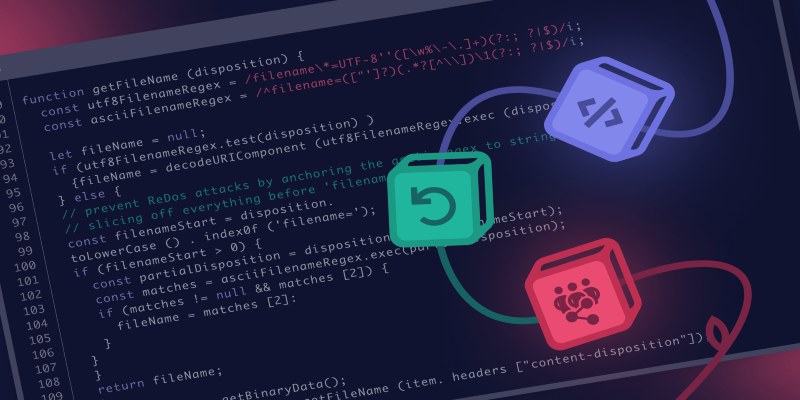
Curious how LLMs learn to write and understand code? From setting a goal to cleaning datasets and training with intent, here’s how coding models actually come together
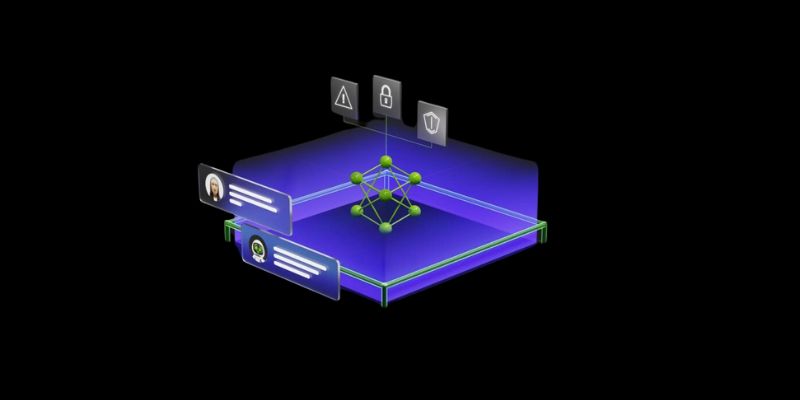
Nvidia NeMo Guardrails enhances AI chatbot safety by blocking bias, enforcing rules, and building user trust through control

How a machine learning algorithm uses wearable technology data to predict mood changes, offering early insights into emotional well-being and mental health trends

An AI health care company is transforming diagnostics by applying generative AI in radiology, achieving a $525M valuation while improving accuracy and supporting clinicians
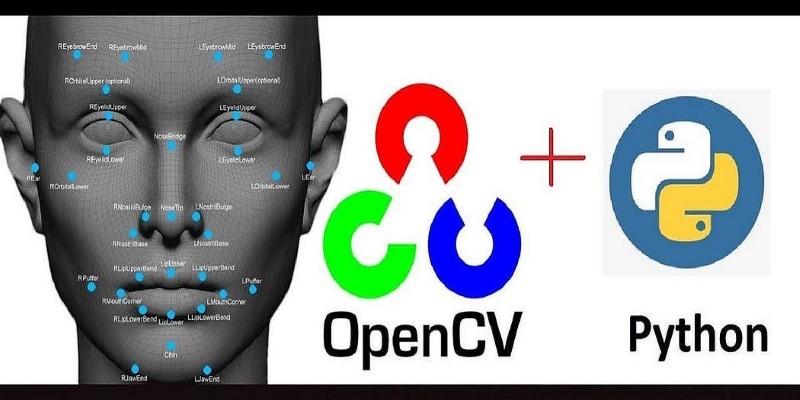
Ready to make computers see like humans? Learn how to get started with OpenCV—install it, process images, apply filters, and build a real foundation in computer vision with just Python
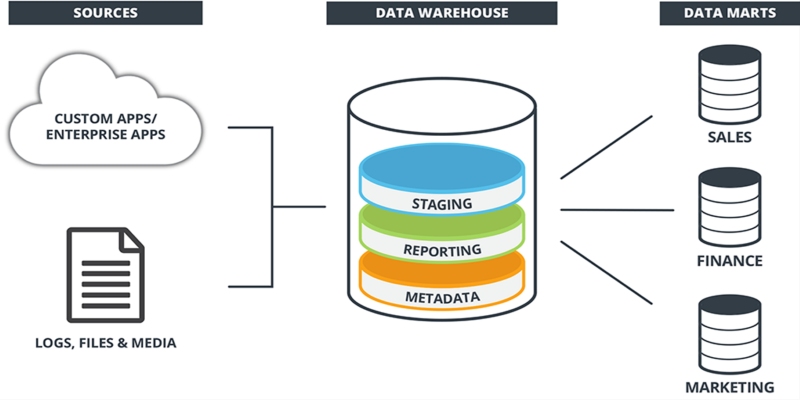
Learn what a data warehouse is, its key components like ETL and schema designs, and how it helps businesses organize large volumes of data for fast, reliable analysis and decision-making

How does an AI assistant move from novelty to necessity? OpenAI’s latest ChatGPT update integrates directly with Microsoft 365 and Google Workspace—reshaping how real work happens across teams

Learn how to install, configure, and run Apache Flume to efficiently collect and transfer streaming log data from multiple sources to destinations like HDFS

Writer unveils a new AI platform empowering businesses to build and deploy intelligent, task-based agents.